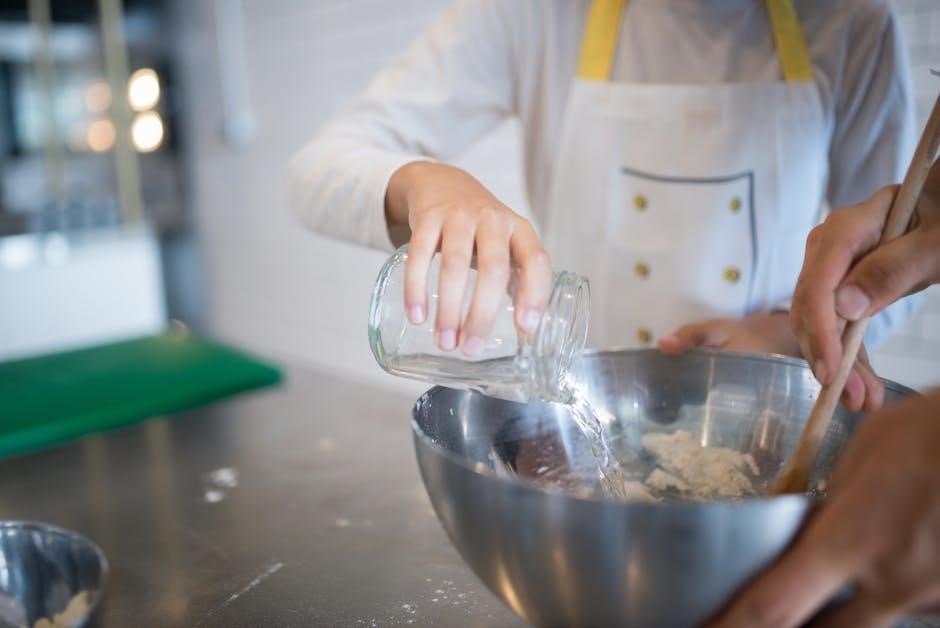Discover the basics of sculpey cooking with easy-to-follow instructions and tips for achieving perfect results with oven-bake clay, using a small oven or toaster oven for best outcomes always.
Overview of Sculpey Clay
Sculpey clay is a popular oven-bake clay used for various crafts and projects, it is soft and pliable, making it easy to work with, and it feels like ceramic clay but does not dry out when exposed to air. This unique property allows users to take their time when creating, without worrying about the clay becoming brittle or hard. Sculpey clay is also versatile, as it can be sanded, drilled, carved, and painted with water-based acrylic paints or specialized glazes after baking. The possibilities for creative expression are endless, and sculpey clay is widely used in classrooms, homes, and studios. With its ease of use and versatility, sculpey clay is an excellent choice for beginners and experienced crafters alike, offering a wide range of creative possibilities and applications, from jewelry making to decorative items and more. Sculpey clay is a fun and creative medium.
Understanding Sculpey Clay Types
Several sculpey clay types exist, including Original and Super, each with unique characteristics and uses always requiring specific handling and care instructions for best results and outcomes.
Original Sculpey Characteristics
Original Sculpey is a type of oven-bake clay that is soft and pliable, making it easy to work with and shape into various forms. It has a ceramic-like feel and does not dry out when exposed to air, allowing for a more relaxed creative process. The clay can be sanded, drilled, and carved after baking, giving artists the freedom to refine their pieces. Additionally, Original Sculpey can be painted with water-based acrylic paints or Sculpey Glaze, providing a wide range of color options and finishes. With its versatility and ease of use, Original Sculpey is a popular choice for crafters, artists, and educators. Its unique characteristics make it an ideal medium for a variety of projects, from simple decorative items to complex sculptures and designs. Overall, Original Sculpey is a great choice for those looking to explore their creativity with oven-bake clay.
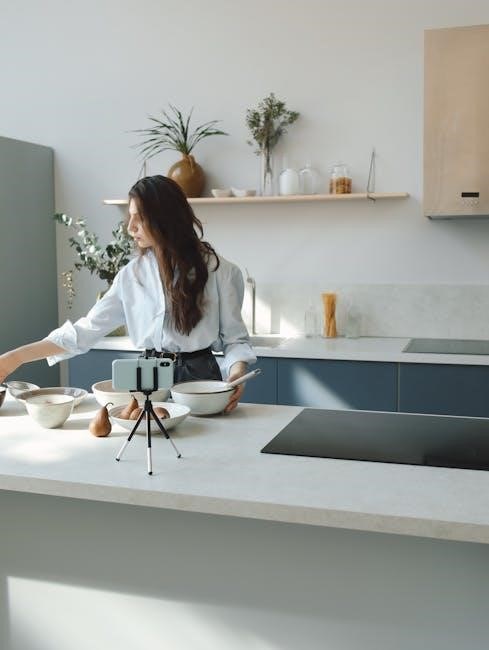
Preparing Sculpey for Baking
Prepare Sculpey by shaping and refining pieces before baking in a preheated oven always.
Testing Oven Temperature
To ensure accurate baking results, it is essential to test the oven temperature before baking Sculpey clay pieces. This can be done by pinching off a small ball of clay and shaping it into a disc, approximately 1/2 inch in diameter and 1/4 inch thick. The disc should then be baked according to the recommended temperature and time guidelines. By doing so, you can verify that your oven is at the correct temperature, which is crucial for achieving the desired results. A thermometer can also be used to double-check the oven temperature. It is also important to note that using a small oven or toaster oven can help maintain a consistent temperature, which is ideal for baking Sculpey clay. By taking the time to test the oven temperature, you can ensure that your Sculpey clay pieces are baked to perfection, every time, with consistent and reliable results, and a beautiful finish.
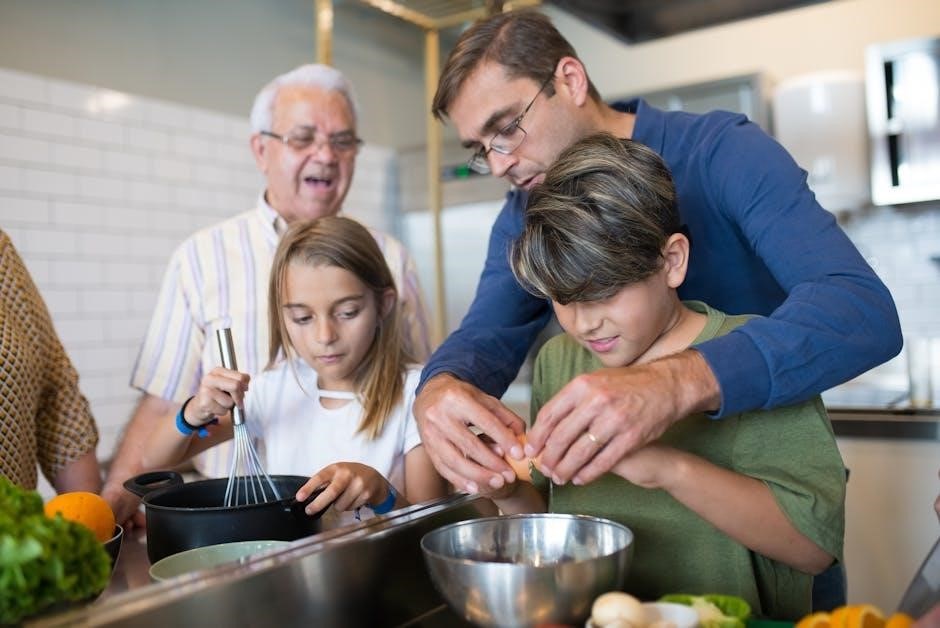
Baking Sculpey Clay
Baking Sculpey clay requires careful attention to temperature and time settings always using oven.
Original Sculpey Baking Instructions
Original Sculpey baking instructions are straightforward and easy to follow, requiring a preheated oven at 275 degrees F. The baking time is determined by the thickness of the clay, with 15 minutes per quarter inch of thickness. For example, a piece that is half an inch thick should be baked for 30 minutes. It is essential to use a thermometer to ensure the oven is at the correct temperature. To test the temperature, a small ball of clay can be pinched off and shaped into a disc, then baked to check for accuracy. By following these instructions, users can achieve perfectly baked Original Sculpey pieces that are ready for sanding, drilling, or painting. With these simple steps, anyone can unlock the creative potential of Original Sculpey and bring their ideas to life. Always refer to the official Sculpey clay instructions for the most up-to-date information;
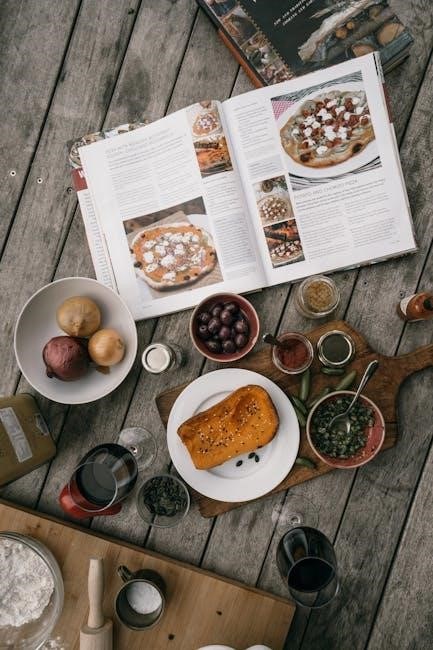
Super Sculpey Baking Instructions
Preheat oven to 275 degrees F, bake for 15 minutes per quarter inch of thickness, for perfect Super Sculpey results always using oven correctly.
Additional Baking Tips
To achieve the best results when baking sculpey, it is essential to follow some additional tips. Using a thermometer to ensure the oven is at the correct temperature is crucial.
Also, placing a piece of tin foil over thinner parts of the sculpey can help prevent overheating and browning.
It is also important to keep an eye on the sculpey while it is baking, as the baking time may vary depending on the thickness of the piece.
By following these tips, you can ensure that your sculpey is baked to perfection and that it retains its shape and color;
Additionally, using a small oven or toaster oven can be beneficial as it allows for more precise temperature control.
This can be especially helpful when baking smaller pieces of sculpey.
Overall, with the right techniques and equipment, you can achieve professional-looking results with your sculpey creations.
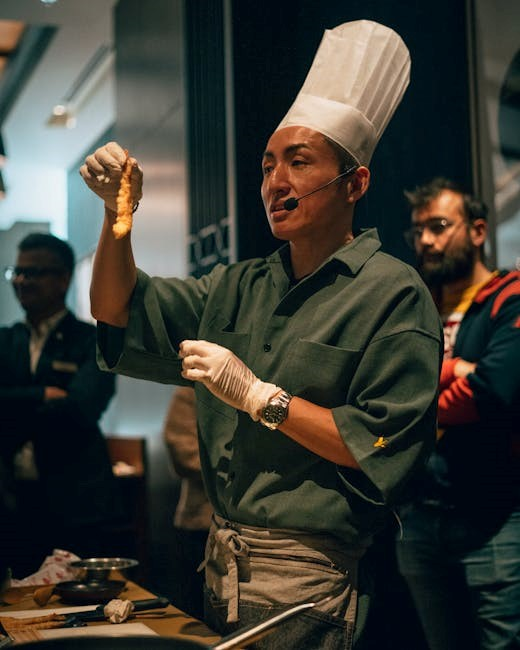
Post-Baking Techniques
Finishing touches include sanding, drilling, and painting with water-based acrylics for unique sculpey creations always.
Sanding and Painting Sculpey
To add a professional finish to sculpey creations, sanding and painting are essential steps. After baking, sculpey can be sanded to smooth out any rough edges or surfaces. This process helps create a uniform texture, making it easier to paint. Water-based acrylic paints are recommended for painting sculpey, as they adhere well to the clay. It’s also possible to use sculpey glaze to add a protective coating and enhance the colors. By applying multiple layers of glaze, artists can achieve a glossy finish. Painting and sanding sculpey require patience and attention to detail, but the results are well worth the effort. With practice and experience, artists can master these techniques and create stunning sculpey pieces. By following these steps, anyone can unlock the full potential of sculpey and create unique, beautiful artworks. Sculpey painting and sanding techniques can be learned through online tutorials and practice.
Mastering sculpey cooking instructions leads to creative freedom, with endless possibilities for artists and crafters to express themselves, using oven-bake clay to bring unique ideas to life always.
Unlocking Sculpey Clay Potential
To unlock the full potential of sculpey clay, it is essential to understand the various techniques and methods that can be used to create unique and intricate designs. By experimenting with different tools and materials, artists and crafters can push the boundaries of what is possible with sculpey clay. With the right techniques and a little creativity, sculpey clay can be used to create anything from delicate jewelry to complex sculptures. The key to unlocking the potential of sculpey clay is to be willing to experiment and try new things. By doing so, artists and crafters can discover new and innovative ways to use sculpey clay, and create truly unique and original pieces. This can be achieved by using a variety of techniques, including layering, texturing, and shaping, to create complex and intricate designs, and with practice and patience, the possibilities are endless.
